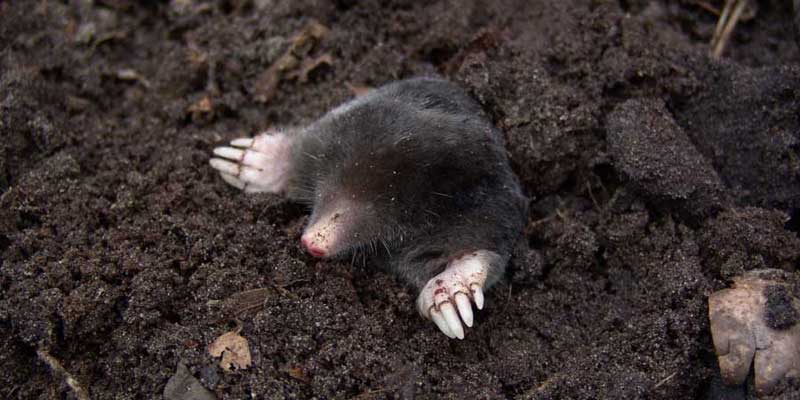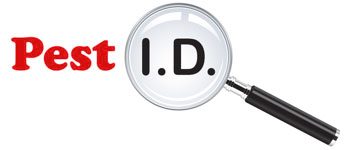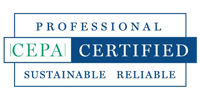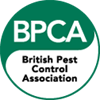
Mole Removal in Essex: Get Rid of Moles Fast
We Can Help You Get Rid of Mole Infestations
Different customers have different circumstances, which in turn means the appropriate methods are needed to successfully get rid of moles. On completion of a site survey, Pest ID will advise on the best method available to neutralise the problem.
Gardens and parks

Population control
It is important to deal with a mole problem as soon as the first hills appear. Ignoring the mole too long could potentially allow it to breed. As a female mole is able to have up to 6 in a litter, your minor nuisance could soon turn into a major infestation.
Health and safety
In this safety conscious age moles can cause a hidden, but potentially serious hazard. By allowing a mole infestation to grow you run the risk of allowing the moles to build up a complex labyrinth of runs, some which are only a few inches under the surface. Somebody standing on the run could collapse it and easily twist an ankle, or worse.







